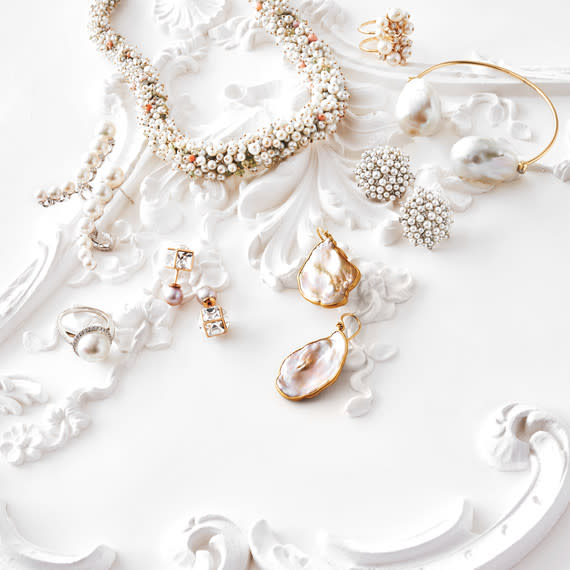How to Tell If an Item Is Made of Real Gold

Gold is one of the most sought-after precious metals on the planet. People braved treacherous seas and mountains to find gold in the early days of American exploration, and the promise of finding gold filled even more folks with the hope of riches as settlers migrated west toward California. If we go even further back in time, we can find evidence that gold has always been highly prized for its beauty, malleability, and longevity.
So, it can be really exciting to find a rare gold piece at the flea market, at an estate sale, or even in a forgotten box from your attic. But how do you know if that glittering gold item is the real deal and not just a clever fake? "In general, if it's too good to be true, it probably is," says David Singer, PhD, an associate professor in Kent State University's department of geology. "A good price for a 'stunning' sample is one sign." You should examine the piece very carefully before purchasing the item from the dealer. Of course, there is only so much you can do when inspecting a gold item in the shop.
RELATED: Here's How to Identify an Antique When You See One
Testing for Authenticity
A really good fake can mimic the appearance of gold in color and luster. Expert fakes can even feel like real gold in hardness and heaviness. But Singer says that a few simple characterization tests can help you determine if you are holding real gold. "For example, the streak of a mineral is the color of the mineral in powder form," he explains. "The streak of pyrite (also known as fool's gold) and gold are quite different and can be used to distinguish them." So, what are some signs that the gold item is real?
The Magnet Test
Like copper and silver, real gold does not have magnetic properties. "You'll need a strong magnet, not a garden-variety kitchen magnet," explains Sue Whitney, who has authored five books on antique shopping and decorating with repurposed furniture. "Purchase a neodymium magnet from your local hardware store. Precious metals will not adhere to a magnet." It's not a foolproof way, she says, but it does give you a good indication on the authenticity of the metal.
Discoloration
Real gold is gold all the way through. "Look for noticeable discolorations," says Whitney. "If it's not real some of the 'gold' most likely will have worn off, exposing another less valuable metal." Inspect the item closely to search for variations in color, or obvious scratches that reveal another metal underneath. The gold item could be gold-plated or merely just painted a shade of gold.
Authenticity Stamp
Gold jewelry will be marked with a stamp that identifies the karat of a piece. The stamp could be very small and hidden, so you will have to look closely and inspect the jewelry item in order to find it. "Precious metals like sterling and gold typically have markings," says Whitney. "If you're unfamiliar with a marking, snap an image with your phone and start researching on the spot." Hallmarks and markings will tell you a lot about the metal.
Ask the Experts
Unfortunately, some fakes are so well done that a visual inspection won't be enough to determine authenticity; you may need to hire an expert to test whether or not the gold is real. Certified jewelers and precious metal consultants have advanced methods for telling whether an item is real gold or a convincing fake.
